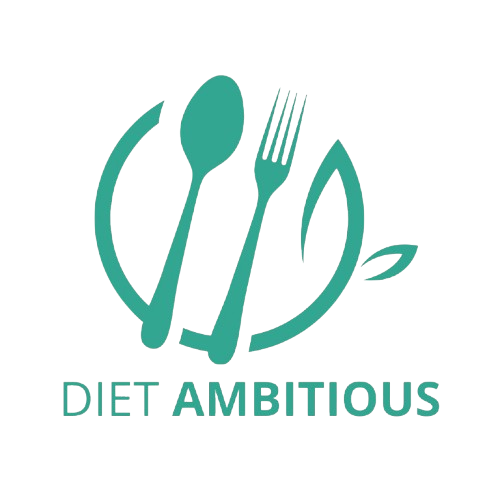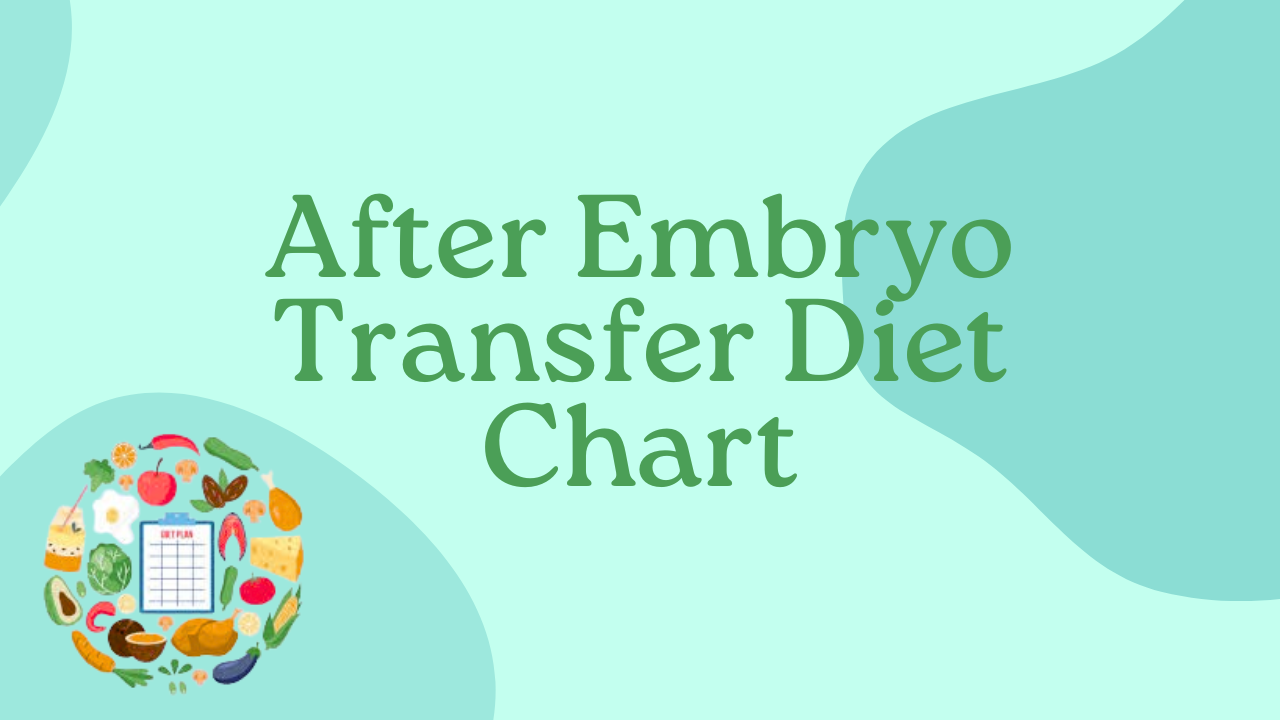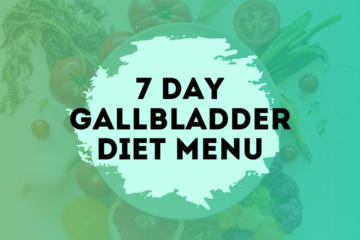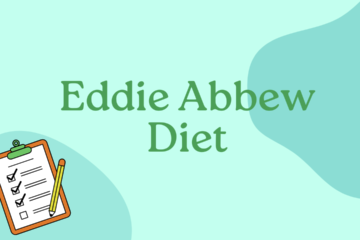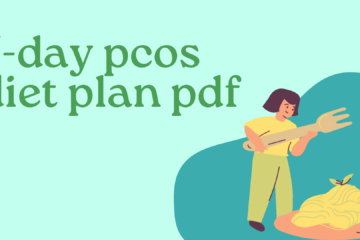Now, let’s face it, everything feels precarious following embryo transfer, doesn’t it? Googling everything (hey, you’re here now), overanalyzing every ache, and wondering if your food would interfere with implantation in any way. However, you’re not alone, and to be honest, eating can have an impact. The right after embryo transfer diet chart can help your body in the best possible way, but it won’t make or break the result. A balanced, conscientious approach can help your body feel its best during this delicate period, but no magic meal can guarantee pregnancy (we wish!).
Without the trick, let’s get right to the point if you’re wondering what foods are safe to consume, what aren’t, and what that “ideal plate” can look like. Just honest conversation that is beneficial
Why Diet Even Matters After Embryo Transfer
Let’s clear something up first—eating kale or quinoa won’t force implantation to happen. But your body is literally creating the most intricate setup for life, and nutrients help that process along. A proper diet helps in:
- Supporting a healthy uterine lining
- Managing hormone levels
- Keeping your energy up (hello, progesterone fatigue!)
- Reducing inflammation
- Supporting overall gut health
So yeah, your food choices can back your body up while it does the behind-the-scenes magic.
The Ultimate After Embryo Transfer Diet Chart
Here’s a simple breakdown you can stick to—nothing too strict, just wholesome and comforting meals that help rather than hinder.
Proteins – Your Building Blocks
- Lean meats: Chicken, turkey, lean beef
- Eggs: Great for protein and choline
- Tofu and legumes: If you’re vegetarian
- Fish (but choose wisely): Salmon is rich in omega-3s, but avoid high-mercury options like swordfish or king mackerel
Pro tip: Try to have some form of protein in every meal. It stabilizes your blood sugar and supports cell growth.
Greens & Veggies – Because Fiber and Folate Matter
- Spinach, kale, broccoli: Rich in folate (important post-transfer)
- Sweet potatoes: Good for progesterone support
- Carrots, beets, zucchini: Easy to digest and loaded with nutrients
Try to steam or lightly sauté veggies to make them easier on your stomach—raw stuff can sometimes cause bloating, which is the last thing you need right now.
Whole Grains – Energy You Can Count On
- Brown rice, quinoa, oats, millet
- Whole grain breads and pastas (in moderation)
These keep your energy up and digestive system moving. Avoid anything too processed, though. Basically, the whiter the grain, the more stripped it is of goodness.
Fruits – Antioxidants, Please!
- Berries, oranges, kiwis, apples
- Bananas (but don’t go overboard—they’re high in sugar)
Fruits are great, but try not to juice everything. Whole fruits give you fiber too, which helps prevent constipation—a common issue thanks to progesterone.
Dairy or Calcium-rich Alternatives
- Greek yogurt: Protein + probiotics = win-win
- Milk or fortified plant milks
- Cheese in moderation (go for pasteurized)
Calcium supports nerve and muscle function, which plays a role in implantation and embryo development. Just don’t go wild with high-fat, heavy cheeses.
What to Avoid
Some stuff just doesn’t belong in your after embryo transfer diet chart. Not trying to be a food cop, but these could potentially interfere:
- Caffeine: Limit to 1 cup of coffee a day or switch to decaf
- Alcohol: Just no. It’s not worth the risk.
- Raw or undercooked meat and eggs: Bye-bye sushi for now
- Processed junk: Think chips, packaged sweets, sodas
- Artificial sweeteners: Especially aspartame and saccharin
And yeah, it’s tough. You’ll crave weird stuff (pickles and cookies? Maybe). But moderation is key—don’t panic if you ate a second donut before remembering this list.
Bonus Tips to Boost Your Post-Transfer Diet
- Stay hydrated – At least 8-10 glasses of water. Hydration = better circulation = better support for the embryo.
- Eat warm foods – In Traditional Chinese Medicine (TCM), cold foods are said to “chill the womb.” Even if you don’t buy into that, warm foods tend to be easier to digest.
- Don’t overeat – Small, frequent meals are your friend. You want to avoid bloating and acid reflux, which get worse with large meals.
- Listen to your body – Craving something healthy? Great. Feeling off after dairy? Skip it. Your gut knows more than we give it credit for.
Sample Meal Plan (No-Frills and Fertility-Friendly)
| Meal | What to Eat |
|---|---|
| Breakfast | Oatmeal with banana slices, chia seeds, and almond milk |
| Snack | Greek yogurt with blueberries |
| Lunch | Grilled chicken salad with spinach, avocado, olive oil |
| Snack | A boiled egg and a slice of whole-grain toast |
| Dinner | Quinoa, roasted veggies, and baked salmon |
| Evening | Herbal tea (like ginger or chamomile) and a couple almonds |
Final Thoughts
Look, following your embryo transfer, it’s acceptable to feel a little extra—okay, a lot extra. It’s very important. However, avoid making diet a bigger source of stress. This post-embryo transfer diet chart should be used as a suggestion, not as a rule. Understand that your body is trying its best, eat genuine food, and pay attention to your cravings—as long as they are reasonable.
Furthermore, it’s okay if you mistakenly eat a cold salad or forget to take your omega-3s one day. You are a human. Your uterus is as well.
